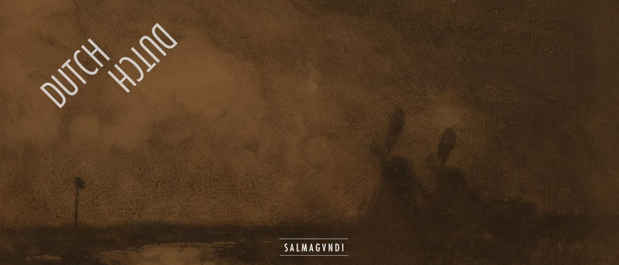“Dutch Dutch: Jump Ropes, Romantic Paintings, and NYC’s Heritage” Exhibition
Salmagundi Art Club

This event has ended.
Salmagundi art collection presents Dutch Dutch, a minimalist presentation of Dutch-related artworks in one of our organization’s most lavish rooms. The 1853 townhouse’s late Victorian Revival parlor hosts artworks of historic scenes depicting Holland in the Netherlands. The romantic works date from 1885 to 1907, with a range of artists including Harry Grant Williamson (1866-1937), (Birch) “Burt” Burdette Long (1878-1927), Charles Warren Eaton (1857-1937), George M Reevs (1864-1930), and Søren Emile “Emil” Carlsen (1848-1932).
The Romantic works are sparsely mounted to allow the tall room’s walls a minimalist feel. The Dutch people are known for their love of simple and pragmatic spaces over showy and unnecessary opulence. The works in somber sienna and ochre tones harmonize with the medium brown-tan townhouse walls.
“Never underestimate the Dutch love of a well proportioned minimal room. It may be a box, but many times it can be boldly painted. I have found they are not scared of painting walls a darker color, even with their Northern light,” says curatorial chair Bill Indursky.
The unusual title of the show, Dutch Dutch is a play on double Dutch, a New York City jump rope institution, where two ropes are spun in opposite directions and one or more people jump inside them. The child’s game is believed to have originated with the Dutch settlers. The show’s title also hints at the connection between the Dutch and New York City with its purchase from the Indigenous people in 1626. The wordplay title pokes small fun at Americans who visit the country with a Romantic notion and a penchant for tourist-like tropes of the country. Dutch Dutch is mostly an American look at this Northern culture.
“Many of the artworks are created by important American artists who took trips to the Netherlands. Like most tourists, they were enamored with the Dutch windmills which appeared in their drawings and paintings regularly and even developed into their own Grand Tour-like genre.”
A large Emil Carlsen still-life study from 1885, on special loan from a private collection, represents a counter-point to most of the works shown. Carlsen, a Danish-born artist came to America and brought with him his Danish love of water, boats, forests and Dutch-style still-life. The American artists who visited Holland brought their Americanism to Holland.
Media
Schedule
from October 02, 2021 to November 21, 2021